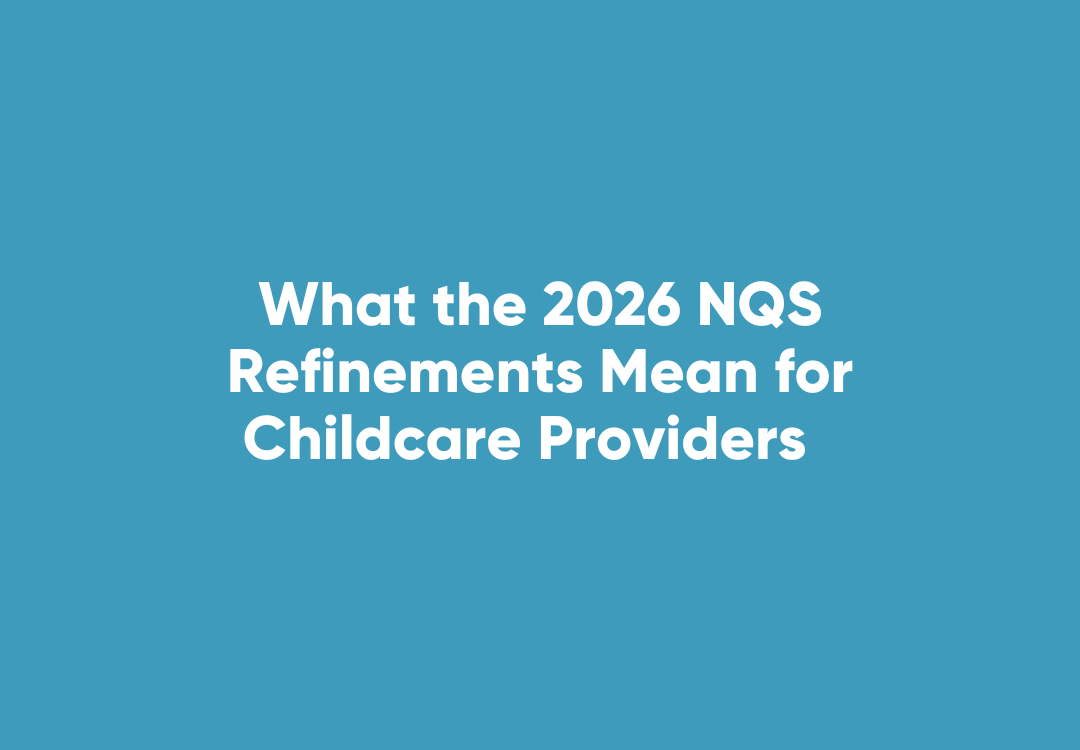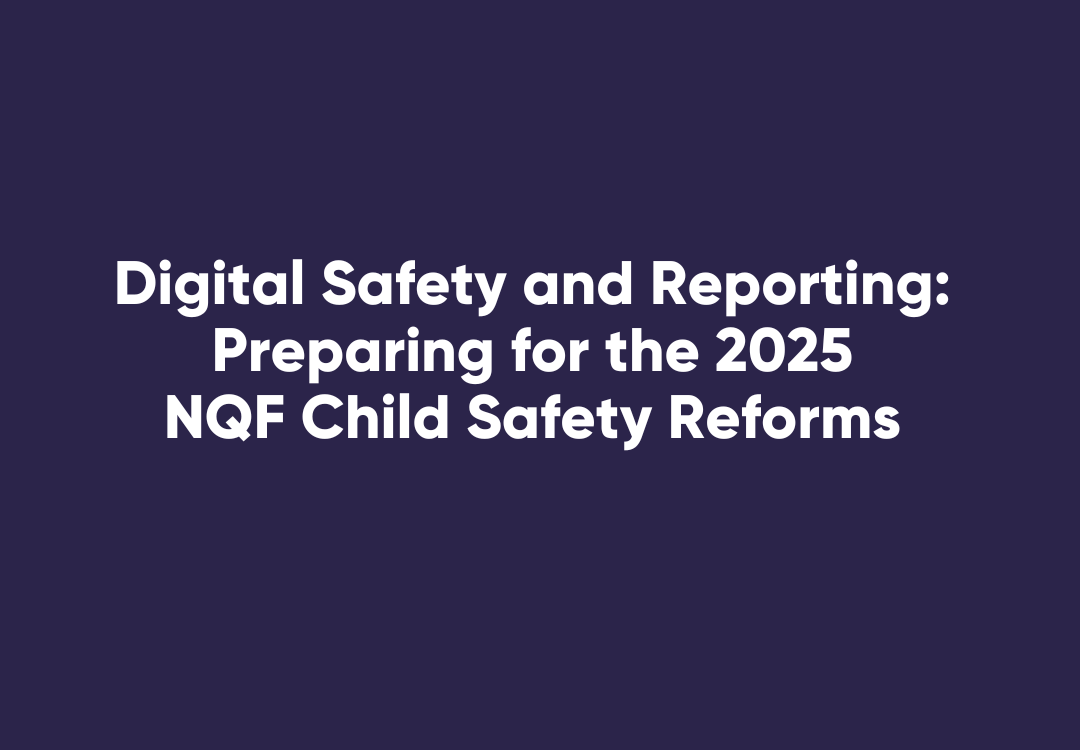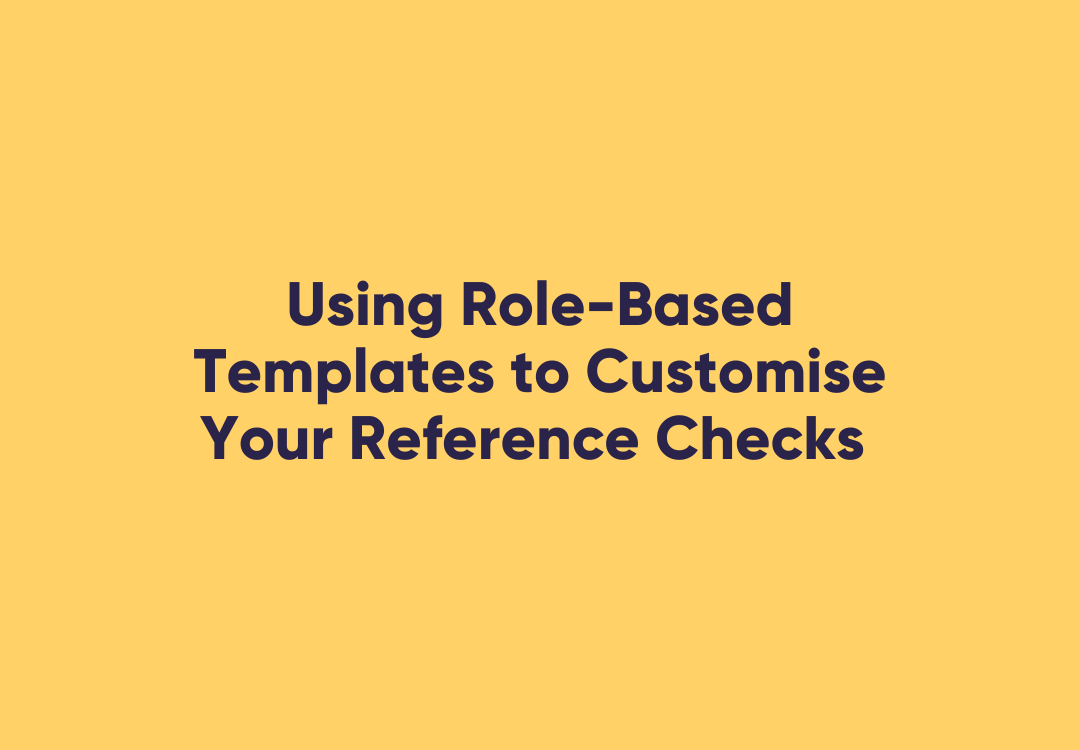Fair Work Changes for Casual Employment - September 2021
This is an extraordinary statistic highlighted in the 2020 Respect@Work published by the Human Rights Commission (AHRC) following a survey of workers who participated in the workforce in the last 5 years.
The Commissioner noted in her report that ‘….whilst Australia led the way globally in the late 1970’s and 80’s, over the last 35 years the rate of change has been ‘disappointingly slow’ and lags behind other countries in preventing and responding to sexual harassment.’
The release of the Federal Government’s ‘Roadmap to Respect’ that followed AHRC’s Report recognises that the current legal and regulatory system is no longer fit for purpose and that a new model is required to improve the coordination, consistency and clarity between the anti-discrimination, employment and work health and safety legislative schemes, along with a shift to a ‘proactive rather than reactive model’.
And while the legislation is yet to be passed, it will likely introduce amendments to the Fair Work Act 2009, Fair Work Regulation 2009, Sex Discrimination Act 1984, and Australian Human Rights Commission Act 1986 to:
- Clarify that sexual harassment can provide a ‘valid reason’ for dismissal in determining whether an employee has been unfairly dismissed.
- Include sexual harassment in the definition of ‘serious misconduct’.
- Ensure the Sex Discrimination Act applies to sexual harassment.
- Ensure victimisation under the Sex Discrimination Act may form the basis of a civil action for unlawful discrimination.
- Extend the time limitation for complaints under the Sex Discrimination Act in the AHRC to 24 months (rather than the current six months)
- Extend the Sex Discrimination Act to include judges and Members of Parliament.
- Extend ‘stop bullying orders’ in the Fair Work Commission to include sexual harassment.
But let’s not get all grey-cardigan about this and take a pragmatic look at what we can all do in our own organisations right now to take positive steps forward without it all being about legislation. Let me start with some points provided to me by our partners in business for your consideration:
- Review and reflect on your workplace culture:
- Is it one that genuinely values mutual respect and is aligned in people’s behaviour?
- Does your organisation indirectly foster a culture of sexual harassment? Are the leaders good role models, is sexual harassment seen as a ‘HR issue’ or an organisation-wide responsibility?
- Are employees aware of their responsibility and consequences if they engage in inappropriate behaviour?
2. Policies, Procedures, Information
- Are your policies clear as it relates to reporting incidents?
- Is your organisational policy clear?
3. Training
- From the Boardroom to the Storeroom and everywhere in between, consistent training should be provided to all workers to help them understand what constitutes ‘inappropriate behaviour’, clearly setting out expectations and also channels for report and consequences for participating.
Whilst the legislated updates are welcomed and is pleasing to see consistency and clarification, it is not necessary to wait for legislation to be passed to create a positive, harmonious and safe working environment.
Considering the recent occurrences and impending legislative changes, WorkPro has worked with our partner Amy Towers of Risk Collective to review and update our Anti-discrimination, harassment and bullying module that you can also easily deliver this as great start to a building and maintaining a comprehensive yet practical program – tick.
The concise 20-minute on-line module covers:
- Key terms and definitions of discrimination, harassment, and bullying
- What inappropriate behaviour looks like
- Identifying discrimination, harassment, and bullying
- Roles and responsibilities of all parties (e.g. workers, on-hire organisations, employers, Host Company’s)
- Duty of Care
- Great examples and practical case studies
- Important information relating to reporting incidents and bring incidents to a resolution for all parties
Let’s all ensure that we take a reactive approach rather than reactive approach to this prevalent and pervasive workplace concern.












